Cardano (ADA) is a revolutionary cryptocurrency and blockchain platform that addresses the challenges of high power consumption found in existing blockchain solutions. Founded by Charles Hoskinson, one of the original founders of Ethereum, Cardano aims to create a sustainable, decentralized, and scalable network. In this article, we explore why Cardano is a great coin and how it stands out from other cryptocurrencies.
Sustainable Blockchain with Proof of Stake
Unlike Bitcoin’s energy-intensive Proof of Work mechanism, Cardano employs a more environmentally friendly consensus mechanism called Proof of Stake. This method uses ADA as a stake to validate transactions and secure the blockchain, eliminating the need for vast amounts of computing power and reducing carbon footprints.
Decentralization and Open Protocol
Cardano operates on a decentralized network, similar to Bitcoin and Ethereum, enabling users to send and receive ADA without the involvement of a central third party. Additionally, Cardano is an open protocol, allowing anyone to participate in securing the network, completing transactions, and developing decentralized applications on its blockchain.

ADA: A Digital Asset with a Purpose
Cardano’s native cryptocurrency, ADA, is named after Ada Lovelace, the world’s first computer programmer. With the smallest unit called a “lovelace,” ADA enables microtransactions that traditional money cannot facilitate. This flexibility makes ADA accessible to everyone, including those in developing economies.
The Story Behind Cardano
Charles Hoskinson founded Cardano in 2015, aiming to tackle scalability, interoperability, and sustainability. After a dispute with Ethereum’s co-founders, Hoskinson left and established Input Output Hong Kong (IOHK) to lead Cardano’s development. Alongside the Cardano Foundation and Emurgo, IOHK oversees the protocol’s evolution and ecosystem growth.

Buying and Storing ADA
You can purchase Cardano through crypto exchanges like Firi, which offers an easy and secure way to buy, sell, and store ADA. Alternatively, you can store ADA in a private, decentralized Cardano wallet for complete control and security over your funds.
Cardano’s Proof of Stake Mechanism (Ouroboros)
Cardano’s unique consensus mechanism, Ouroboros, allows users to lock ADA into staking pools, which act as validators on the network. This mechanism rewards stakers with passive income for contributing to the blockchain’s security, making it accessible to anyone with ADA.
Cardano’s Roadmap
Cardano’s roadmap comprises five eras: Byron, Shelley, Goguen, Basho, and Voltaire. Each era introduces specific functionality and improvements to the platform. Currently in the Goguen era, Cardano has already integrated smart contracts, enabling developers to build decentralized applications.
Conclusion
Cardano’s sustainable and scalable approach, coupled with its commitment to decentralization, makes it a promising contender in the world of cryptocurrencies. With a well-defined roadmap and continuous development, Cardano is positioning itself as a leader in the blockchain space. Whether you are an investor or a developer, Cardano offers an ecosystem that fosters innovation, efficiency, and sustainability.














